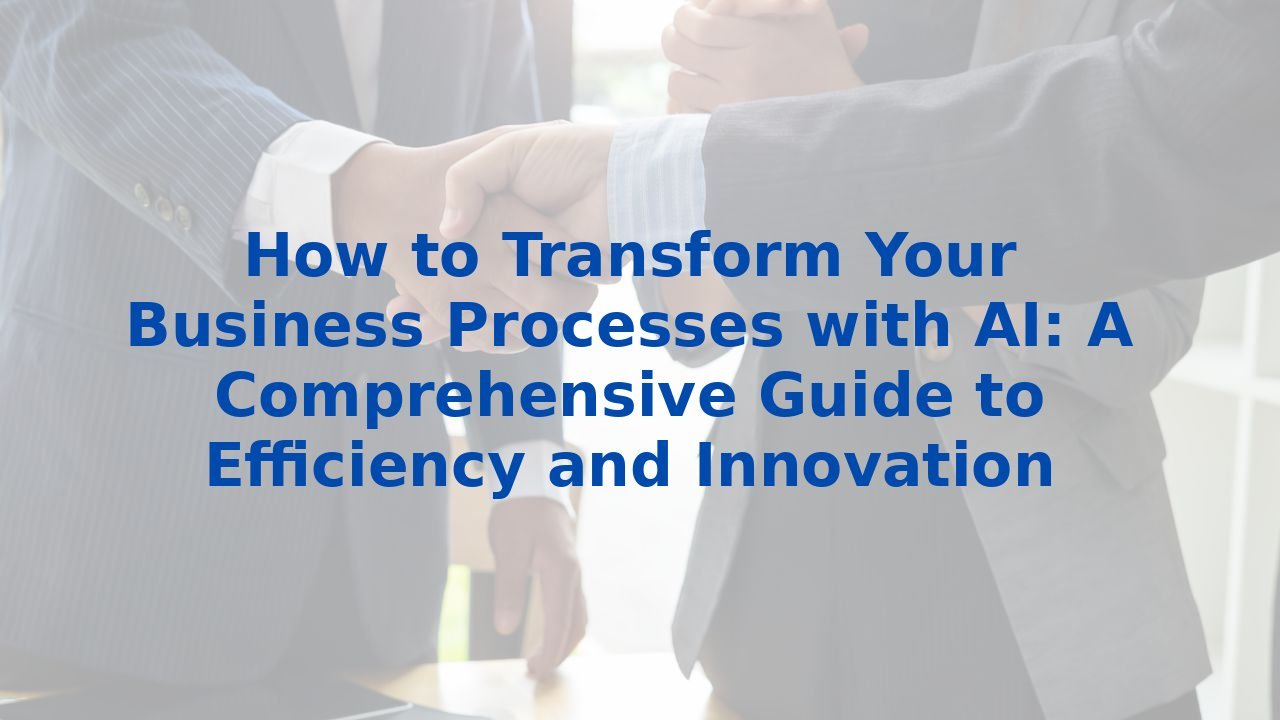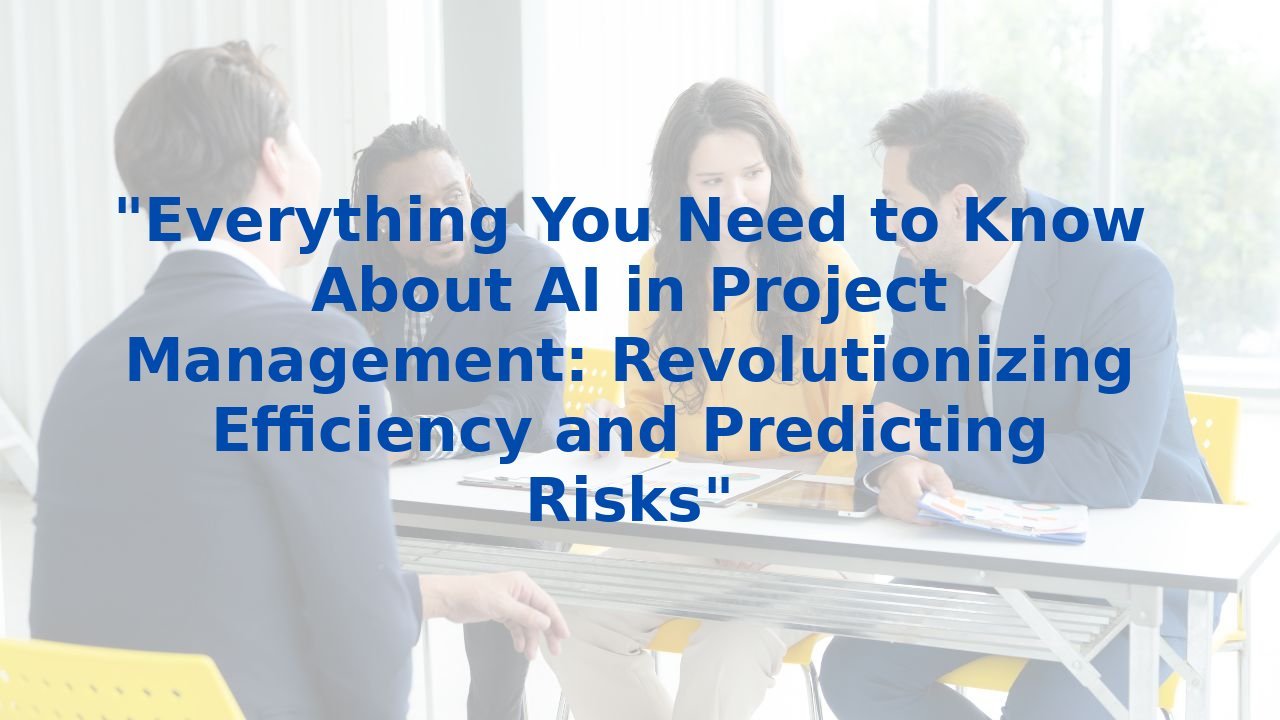How to Transform Your Business Processes with AI: A Comprehensive Guide to Efficiency and Innovation
How to Transform Your Business Processes with AI: A Comprehensive Guide to Efficiency and Innovation
Introduction
In an era defined by rapid technological change, businesses are on a continuous quest for ways to boost productivity and efficiency. Artificial Intelligence (AI) has emerged as a transformative force capable of revolutionizing how organizations function. By integrating AI into business processes, companies can automate mundane tasks, improve decision-making, and streamline their operations. This guide delves into the various business processes enhanced by AI and the key benefits of its implementation.
Understanding AI Process Optimization
AI process optimization is essentially using advanced technologies like AI and machine learning to refine how businesses manage their operations. This entails not only automating repetitive tasks but also leveraging data analysis to foster informed decision-making. The overarching objectives are simple: minimize errors, boost productivity, and enhance operational efficiency.
Key Areas Where AI Enhances Business Processes
1. Process Discovery
AI Analysis: Through techniques like process mining and natural language processing, AI can uncover existing processes within a company. This insight helps pinpoint inefficiencies that may not be apparent through human analysis.
Real-Time Data Analysis: AI’s ability to analyze real-time data ensures that process maps are always current, helping organizations maintain the relevance of their operational documentation.
2. Process Automation
Automating Manual Tasks: Many organizations utilize AI bots to handle previously manual tasks such as data entry and document processing. By doing so, they reduce both human workload and the likelihood of errors.
Robotic Process Automation (RPA): RPA streamlines workflows even further by automating data entry and information retrieval from documents, allowing staff to focus on more meaningful work.
3. Process Management
Continuous Monitoring: AI continuously tracks processes using historical data to alert management about potential issues. This proactive alerting system enables the identification and resolution of problems before they escalate.
Predictive Modeling: By employing predictive modeling and root cause analysis, AI helps organizations drive sustainable improvements in their processes.
4. Decision Support
Data-Driven Insights: AI aids decision-makers by offering predictive recommendations based on the analysis of extensive data sets, leading to more informed choices.
Complex Decision-Making: By processing various structured and unstructured data sources, AI assists in navigating complex decision-making scenarios, showcasing potential risks and outcomes.
5. Customer Service Optimization
Chatbots and Customer Feedback Analysis: AI’s capability to analyze and categorize incoming customer requests helps in streamlining customer support processes. Furthermore, it can analyze feedback to highlight areas needing enhancement in customer service.
Automated Quality Assessment: AI can assess the quality of live customer interactions, detecting service failures with remarkable accuracy, paving the way for immediate corrective actions.
6. Supply Chain Optimization
Real-Time Anomaly Detection: AI’s real-time analysis helps recognize unusual purchasing patterns, such as sudden spikes in demand, allowing organizations to act promptly to avoid stockouts.
Automated Order Processing: Once a potential anomaly is detected, RPA can further streamline the supply chain by automating order placements with suppliers.
Benefits of Implementing AI in Business Processes
Integrating AI into business operations yields numerous advantages, including:
- Improved Efficiency: Automating routine tasks reduces time and effort for manual processes, empowering employees to focus on strategic initiatives.
- Enhanced Decision-Making: Data-driven insights lead to improved outcomes and minimized risks.
- Reduced Errors: Automation significantly decreases human error, resulting in accurate processes.
- Increased Productivity: With repetitive tasks automated, employees can dedicate themselves to high-value activities.
- Better Customer Experience: AI-enhanced customer service tools expedite responses, improving overall user satisfaction.
Training Employees for AI
To harness the full potential of AI, it is essential to invest in employee training:
- Enhanced Skills: Training empowers employees to leverage AI effectively, resulting in improved operational efficiency.
- Improved Collaboration: A knowledgeable workforce collaborates seamlessly with AI systems, fueling optimization.
- Increased Confidence: Confidence in using AI tools enhances performance and encourages innovation.
Conclusion
Embracing AI in business processes is more than just a technological upgrade. It’s an opportunity for organizations to redefine their operational paradigms, increase efficiency, and foster innovation. As companies strive to optimize their processes, they must also invest in training their workforce to not only use these tools but also to thrive alongside them. The future is bright for those willing to evolve with AI and embrace the power it brings to business efficiency and innovation.



